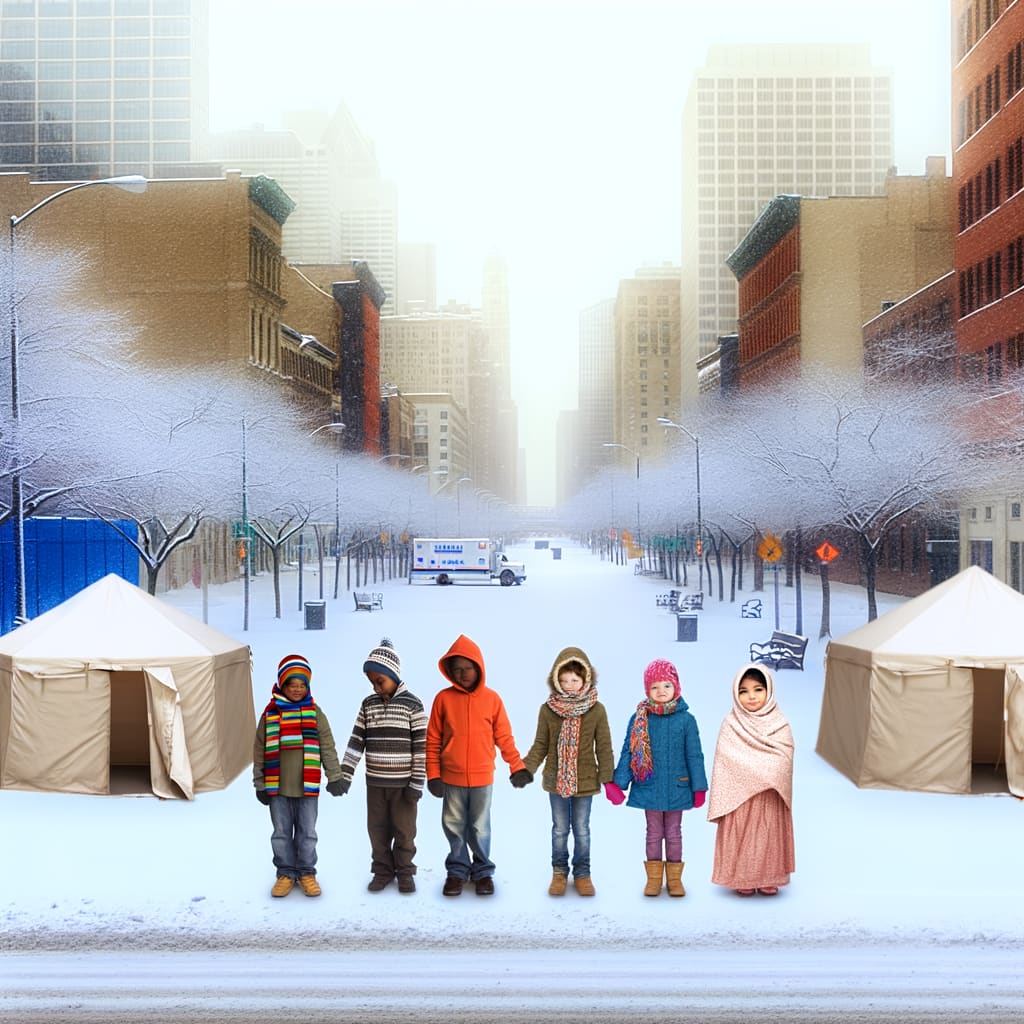Gaza Crisis Deepens: Thousands of Children Killed, Health System Collapses Amidst Ceasefire
Introduction
Despite the ceasefire in October 2023, the crisis in Gaza escalates with over 20,000 children killed, an average of two per day, according to local authorities and UNICEF1234. The situation is exacerbated by a severe decline in donations, a crippled healthcare system, and ongoing Israeli attacks53678.
Background and Context
The ceasefire, initiated on 10th October 2023, has not quelled the violence in the region, with UNICEF reporting that at least 67 children have been killed since, and an average of two children killed per day1234. The casualties are not limited to fatalities. On one occasion, an Israeli drone attack injured four children in northern Gaza's Beit Lahiya area9.
Ricardo Pires, spokesperson for UNICEF, emphasized the human cost, stating, Each of these children had a family, a dream, a life suddenly interrupted by continued violence
10411.
Key Developments and Details
Compounding the tragedy, Gaza's health system is on the brink of collapse. Earlier Israeli attacks have left hospitals without equipment and medicine stocks at zero12613. Unrwa, the UN agency for Palestinian refugees, continues to provide essential services across Gaza despite significant equipment shortages and an Israeli ban on aid12.
Gaza's Director-General of the Ministry of Health, Dr. Munir Al-Bursh, revealed a grim reality: shortages of basic medicines reached 84% and 40% of emergency medicines ran out completely for the first time in the ministry’s history6.
Meanwhile, fundraisers have reported a 'catastrophic' drop in donations since the ceasefire, as the world believes Palestinians no longer require assistance5. This has left needy families in temporary shelters struggling with illness, hunger, and malnutrition5.
Implications and Reactions
The ongoing crisis has also led to evacuations and deportations. Israeli authorities expelled dozens of Palestinian patients from hospitals in Jerusalem back to Gaza, where the health system has all but collapsed14.
The international community continues to provide aid amidst the crisis. Medical professionals from Hong Kong, for example, have braved the war to deliver critical care13. Despite these efforts, fundraisers warn that the decrease in donations could lead to a severe humanitarian crisis as winter approaches5.
The Gaza authorities have held Israel responsible for the tragedy and urged international organizations to guarantee protection and deliver essential aid to the children of Gaza1.
Conclusion
In the face of severe resource shortages and ongoing violence, the situation in Gaza remains critical. UNICEF's statistics and the collapse of Gaza's health system underscore the urgent need for international intervention. With the winter season fast approaching, the threat of severe flooding also looms over makeshift displacement sites, housing hundreds of thousands of people15. As the world watches, the people of Gaza await much-needed assistance.

